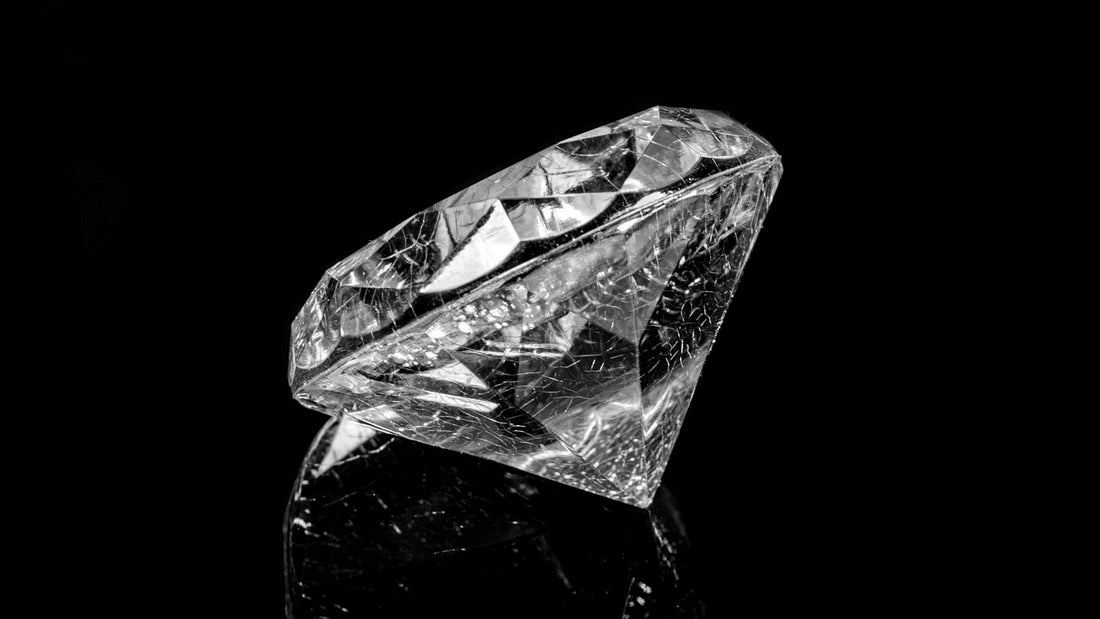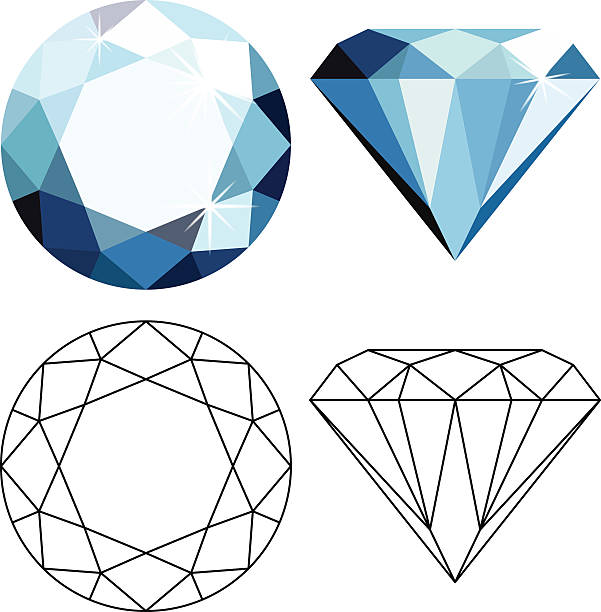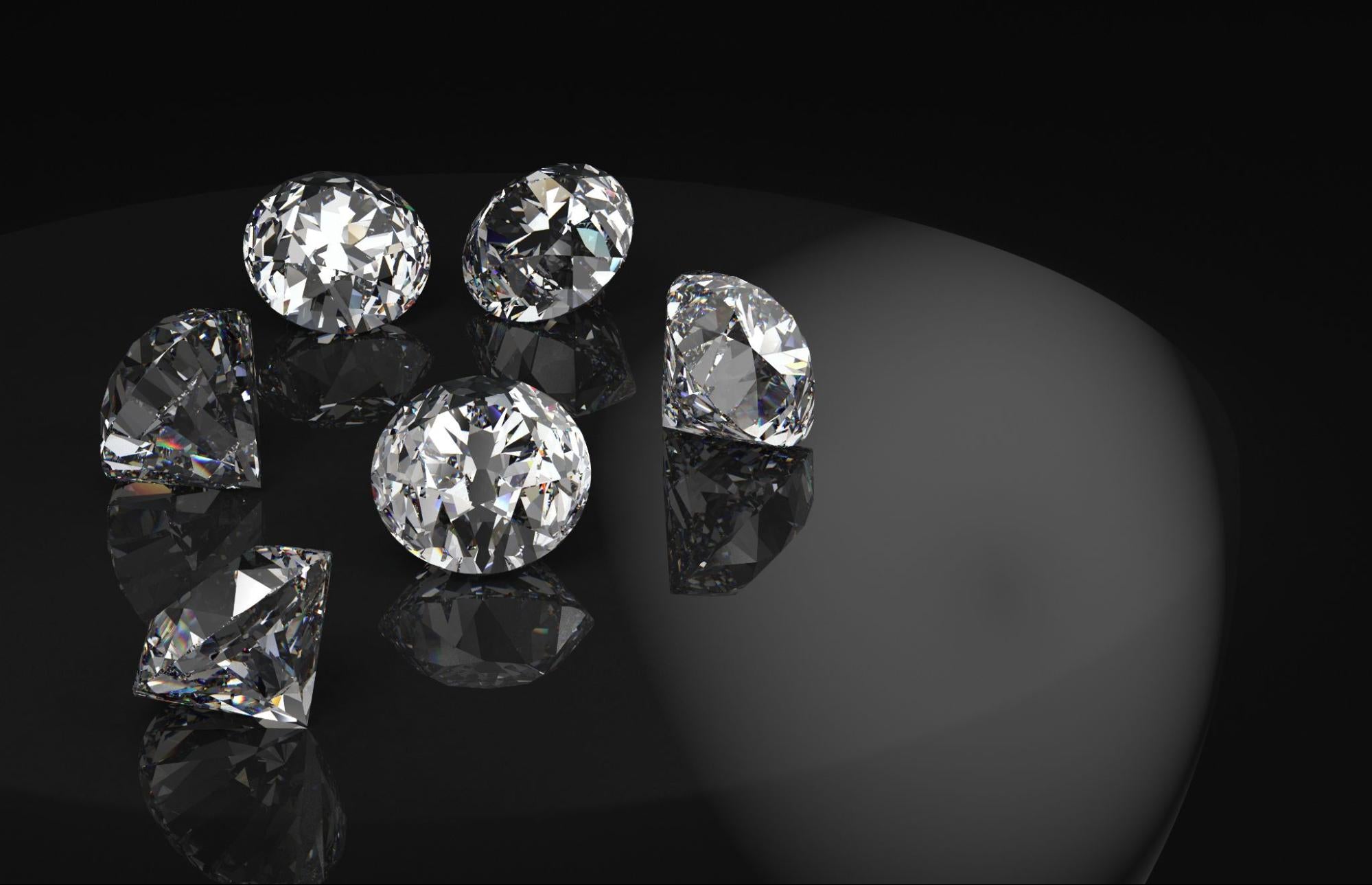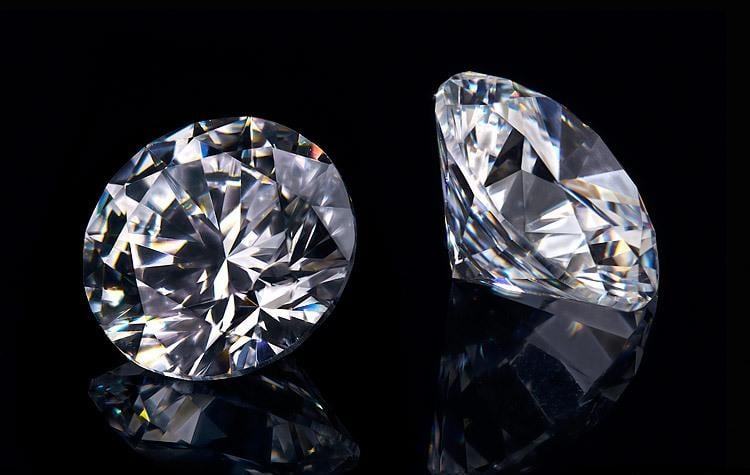Introduction to Lab-Grown Diamonds
In recent years, lab grown diamonds are the future have emerged as a game-changer in the jewelry industry. If you’re curious about what these gems are all about and why they’re rapidly gaining popularity, you’re in the right place! Let’s dive into the world of lab-grown diamonds and explore why they’re considered the future of fine jewelry.
What Are Lab-Grown Diamonds?
Lab-grown diamonds, often called synthetic or cultured diamonds, are diamonds created in controlled environments using advanced technological processes that replicate the natural conditions under which diamonds form in the earth. They have the same physical, chemical, and optical properties as natural diamonds, making them virtually indistinguishable to the naked eye.
The Science Behind Lab-Grown Diamonds
There are two primary methods for creating lab-grown diamonds: High Pressure High Temperature (HPHT) and Chemical Vapor Deposition (CVD). The HPHT method mimics the natural conditions of the earth’s mantle, applying extreme pressure and temperature to carbon. On the other hand, CVD involves using gases that contain carbon, which are heated to form diamond crystals. Both methods produce diamonds that are stunning and identical in composition to their natural counterparts.
Benefits of Lab-Grown Diamonds
Eco-Friendly and Sustainable
One of the standout features of lab-grown diamonds is their sustainability. Traditional diamond mining is notorious for its environmental impact, including habitat destruction and significant carbon emissions. Lab-grown diamonds, however, can be produced with a minimal environmental footprint, making them a more eco-friendly option for conscientious consumers.
Ethical Considerations
With growing awareness about the ethical implications of diamond mining—particularly the human rights abuses and conflicts often associated with natural diamonds—lab-grown diamonds provide a guilt-free alternative. They are conflict-free and sourced from ethical processes, giving buyers peace of mind.
Cost-Effectiveness
Let’s talk about money. Lab-grown diamonds can cost 20-40% less than natural diamonds of similar quality. This cost-effectiveness means that buyers can afford larger, more beautiful stones without breaking the bank, making them an attractive option for engagement rings and other jewelry.
The Growing Popularity of Lab-Grown Diamonds
Market Trends
Lab-grown diamonds have seen a surge in popularity over the past few years. According to market research, the lab-grown diamond market is expected to continue growing, with more consumers opting for these ethically sourced gems. This trend is fueled by the increasing acceptance of lab-grown diamonds among younger generations who value sustainability and ethics.
Consumer Awareness and Acceptance
As more people learn about the benefits of lab-grown diamonds, the stigma surrounding them is fading. Consumers are becoming more educated, and retailers are embracing this trend by offering a broader range of lab-grown diamond options.
Lab-Grown vs. Natural Diamonds
Similarities and Differences
At first glance, lab-grown and natural diamonds look the same, and they share identical chemical compositions. However, lab-grown diamonds often have fewer inclusions, making them visually clearer. The key difference lies in their origin: lab-grown diamonds are created in a laboratory, while natural diamonds are mined from the earth.
Misconceptions and Myths
Many misconceptions exist about lab-grown diamonds, such as the idea that they’re inferior to natural diamonds. In reality, they are graded using the same standards (the 4 Cs: Cut, Color, Clarity, and Carat) and can be of equal or even superior quality.
The Future of the Diamond Industry
Innovations in Lab-Grown Diamond Technology
As technology advances, the process of creating lab-grown diamonds continues to improve. Future innovations may lead to even more efficient production methods and potentially lower costs. This progress could make lab-grown diamonds more accessible to consumers.
Predictions for the Market
Experts predict that lab-grown diamonds will dominate the market in the coming years. As ethical consumerism rises, it’s likely that more people will prefer lab-grown diamonds over traditional options, leading to a significant shift in the diamond industry landscape.
Choosing Lab-Grown Diamonds for Your Jewelry
What to Look For
When selecting a lab-grown diamond, consider the same factors you would for a natural diamond: cut, color, clarity, and carat weight. Additionally, ensure that the diamond comes with a certification from a reputable grading laboratory.
Popular Styles and Settings
Lab-grown diamonds can be set in any style or setting that natural lab diamonds can. From classic solitaires to elaborate multi-stone designs, the choices are endless! Plus, you can often get more carat weight for the same price, allowing for larger and more stunning designs.
Conclusion: Embracing the Future of Diamonds
Lab-grown diamonds are not just a passing trend; they represent the future of the diamond industry. With their ethical production, sustainability, and cost-effectiveness, these beautiful gems are changing how we think about diamonds. So, whether you’re in the market for an engagement ring or a stunning piece of jewelry, consider a lab-grown diamond—it’s a choice you can feel good about!

 Lab Created Diamond Wedding Band: A Perfect Choice for Your Special Day
Lab Created Diamond Wedding Band: A Perfect Choice for Your Special Day  Wedding Rings for Men in London: A Symbol of Commitment and Style
Wedding Rings for Men in London: A Symbol of Commitment and Style  Diamonds vs Real Diamonds: A Comprehensive Comparison
Diamonds vs Real Diamonds: A Comprehensive Comparison  Diamonds HPHT: A Breakthrough in Affordable Luxury
Diamonds HPHT: A Breakthrough in Affordable Luxury  Novita Lab Diamonds: The Story Behind Ethical Luxury
Novita Lab Diamonds: The Story Behind Ethical Luxury  Wrap Diamond Earrings: A Stunning Trend in Modern Jewelry
Wrap Diamond Earrings: A Stunning Trend in Modern Jewelry  Platinum or Gold Ring: Which is Right for You?
Platinum or Gold Ring: Which is Right for You?  Diamonds vs Sapphires: The Distinctions and the Ascent of Lab Made Diamonds
Diamonds vs Sapphires: The Distinctions and the Ascent of Lab Made Diamonds  Argyle Pink Diamonds Investment: A Unique Opportunity in the World of Lab-Grown Diamonds
Argyle Pink Diamonds Investment: A Unique Opportunity in the World of Lab-Grown Diamonds 




